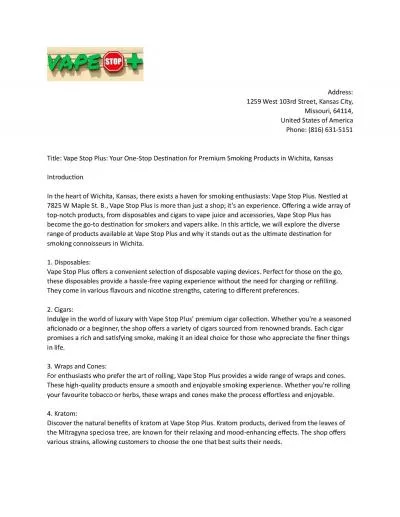PPT-How To R ead Blueprints & Shop Drawings
Author : dailyno | Published Date : 2020-10-06
Outline of Class Part 1 will be a lecture style learning environment where we will study the basics and see examples Part 2 will be hands on learning with real
Presentation Embed Code
Download Presentation
Download Presentation The PPT/PDF document "How To R ead Blueprints & Shop Draw..." is the property of its rightful owner. Permission is granted to download and print the materials on this website for personal, non-commercial use only, and to display it on your personal computer provided you do not modify the materials and that you retain all copyright notices contained in the materials. By downloading content from our website, you accept the terms of this agreement.
How To R ead Blueprints & Shop Drawings: Transcript
Download Rules Of Document
"How To R ead Blueprints & Shop Drawings"The content belongs to its owner. You may download and print it for personal use, without modification, and keep all copyright notices. By downloading, you agree to these terms.
Related Documents

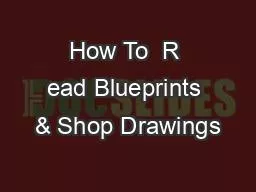

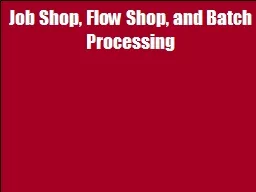

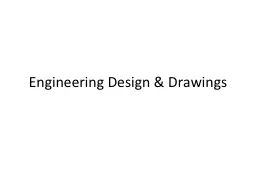
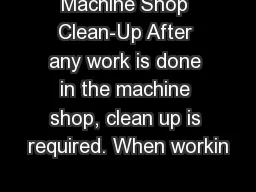

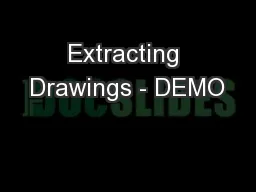
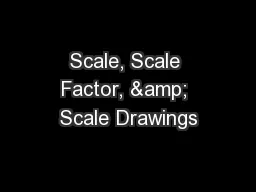

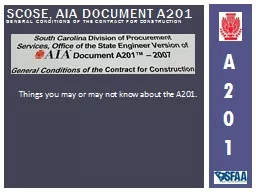
![[READING BOOK]-Blueprints Visual Scripting for Unreal Engine 5: Unleash the true power](https://thumbs.docslides.com/987507/reading-book-blueprints-visual-scripting-for-unreal-engine-5-unleash-the-true-power-of-blueprints-to-create-impressive-games-and-applications-in-ue5-3rd-edition.jpg)
![[eBOOK]-Blueprints Visual Scripting for Unreal Engine: The faster way to build games using](https://thumbs.docslides.com/987841/ebook-blueprints-visual-scripting-for-unreal-engine-the-faster-way-to-build-games-using-ue4-blueprints-2nd-edition.jpg)
